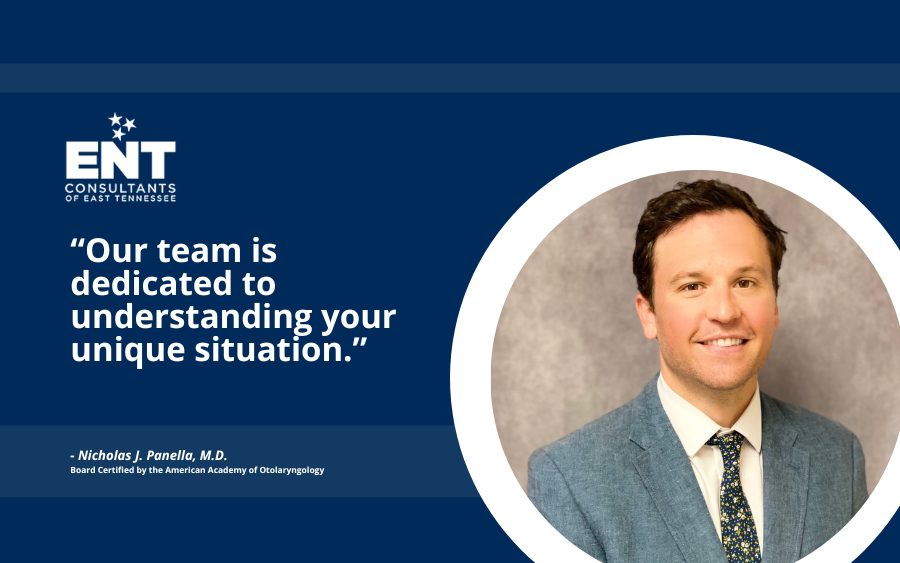Today, October 28, 2024, Apple released its iOS 18.1 software, which includes the long-anticipated hearing health features.
This release has been a long time coming, as we have closely monitored the progress, announcements, and initial rumors over the past nine months. Our team eagerly downloaded the update as soon as it became available. We’ve spent the morning testing the new features to evaluate their quality.
But the big question remains: What are our initial impressions?
How Does Apple’s Hearing Test Work?
Apple’s hearing test is based on pure-tone audiometry. It takes about five minutes, during which the AirPods Pro 2 play a series of tones at different pitches and volumes. The results provide insight into your hearing levels for each ear.
If you’ve updated to iOS 18.1 and own AirPods Pro 2, you can access Apple’s new Hearing Health features to perform a hearing test.
To get started:
- Open Settings on your iPhone. Navigate to AirPods Pro 2 > Hearing Health > Take a Hearing Test (Tip: Make sure your AirPods case is open or your AirPods are in your ears for them to appear at the top of Settings).
- Follow the on-screen instructions; the test takes about 5 minutes to complete.
- Based on the results, the software will determine if you could benefit from the Hearing Aid features.
- Personalized adjustments will be made to fit your specific needs based on the test results.
The test is very simple and user-friendly, giving you a basic reading of your hearing abilities in less than 5 minutes.
How Accurate Is The Test?
The user-friendliness of the test is excellent. It takes you through a 5-minute process that plots numbers on an audiogram and gives you a basic understanding of your hearing abilities. However, it’s important to remember that this is more of a hearing screening than a clinical assessment.
During a hearing screening such as this, it conducts a simple pure-tone hearing test that plays a series of tones at various pitches and volumes to determine the degree and configuration of hearing loss. Whereas in a clinical assessment, a number of additional tests/steps take place to look much further at your hearing health.
This includes options such as:
This is like the difference between checking your heart with a stethoscope and undergoing a full CT scan. While the stethoscope offers a basic initial assessment, a CT scan provides a detailed, in-depth view, allowing for a more accurate and comprehensive analysis.
This Part Disappointed Us
We were pleased to see that the hearing test consistently advises users to seek professional help if a sudden hearing loss is detected. However, one area where we believe that Apple misses the mark is the lack of a recommendation for professional validation of the hearing test results.
Based on our experience, many people incorrectly assume that if a hearing test indicates a difficulty, hearing aids are the only solution. However, there are various other reasons for hearing challenges that are unrelated to hearing loss itself.
For example:
Given these possibilities, we believe that a basic pure-tone hearing assessment like the one available through the AirPods should prompt users to seek a comprehensive evaluation if a potential loss is detected.
Hearing loss is just one piece of the puzzle. In the same way that if you were struggling with your vision and you would want your eyes professionally tested and your eye health analyzed before rushing to eyeglasses, it’s important to adopt the same approach with your hearing health.
A professional can help rule out these possibilities and guide you toward the right solution, whether that be to use Apple’s over-the-counter hearing aid features in situational environments or explore alternative options.
The Bottom Line
Apple’s hearing test is an exciting leap forward for accessibility, and it’s a great stride in raising awareness for hearing health.
But for those who may have temporary or unrelated hearing challenges, such as earwax buildup or auditory processing issues, this test could mislead you into thinking you have a hearing loss when you don’t.
That’s why the most important next step, no matter what your test results show, is to visit a hearing care professional for a more thorough evaluation.
If you have any questions, are not getting the performance that you hoped for from your AirPods, or would like to schedule an advanced hearing evaluation, then you can contact us by clicking here.




